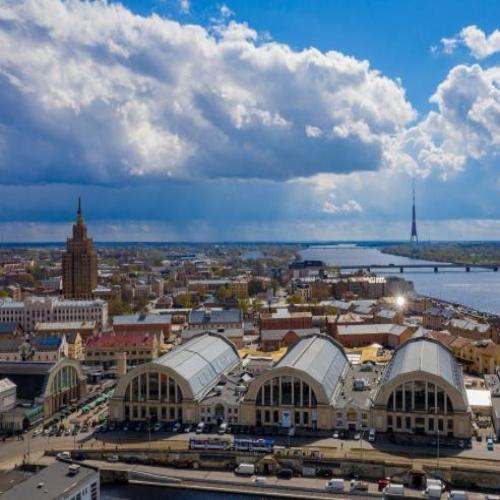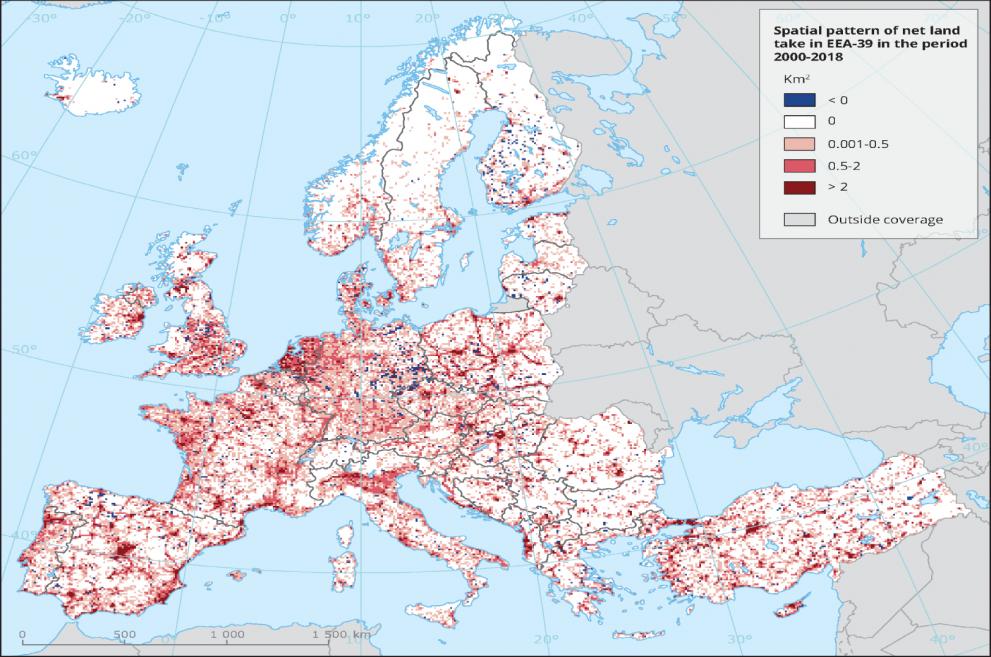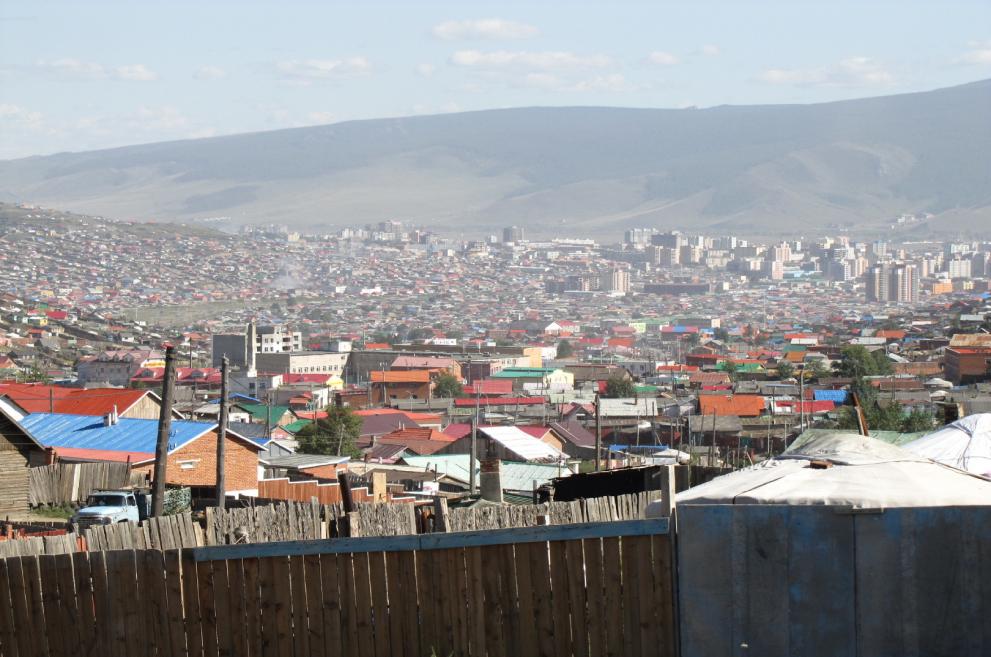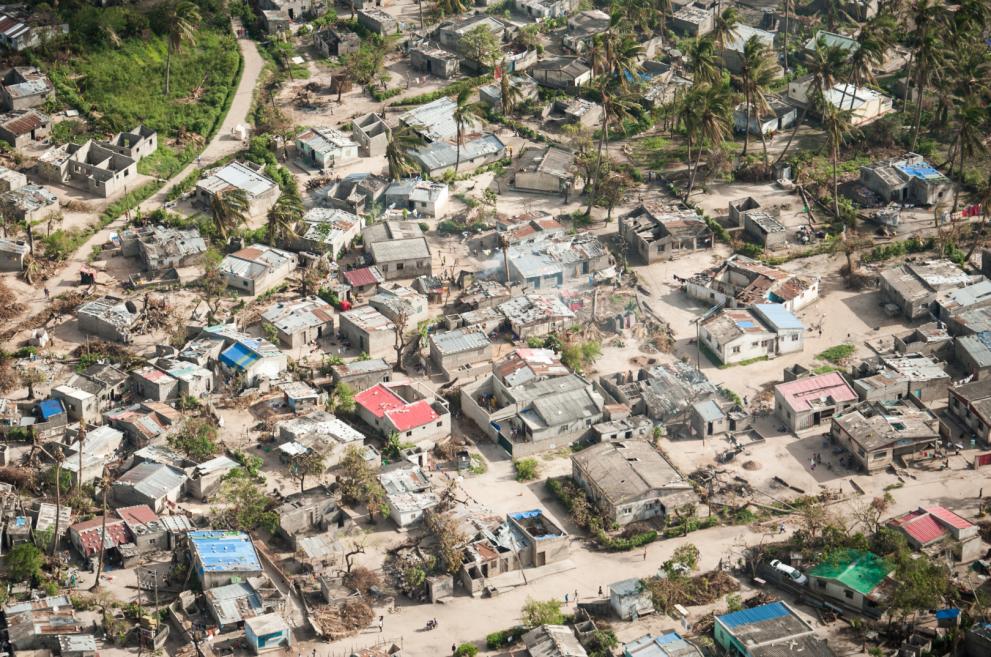Heatwaves are among the most deadly natural disasters, and have led to electricity blackouts, disruptions in public transport, and the temporary shutdown of nuclear reactors.
Urbanisation can exacerbate the effects of heatwaves, as their impact is magnified by the urban heat island effect – a phenomenon where urban settings experience higher temperatures than their rural surroundings. This occurs because asphalt and concrete absorb and re-radiate heat much more effectively than the natural environment. City traffic, air-conditioning and industrial activities further increase temperatures by generating and emitting heat. Due to city geometry and the limited availability of open green and blue zones, this heat is trapped in urban canyons between tall buildings. Building density and the size of a city influence the intensity of the heat island effect.
Urban heat islands are associated not only with elevated temperatures, but also with higher pollution levels. Extremely high temperatures combined with air pollution levels can have detrimental effects on human health. The continued trend of population aging could further exacerbate the effects of heatwaves, as elderly and vulnerable people with chronic diseases have a heightened risk of heat-related death.



